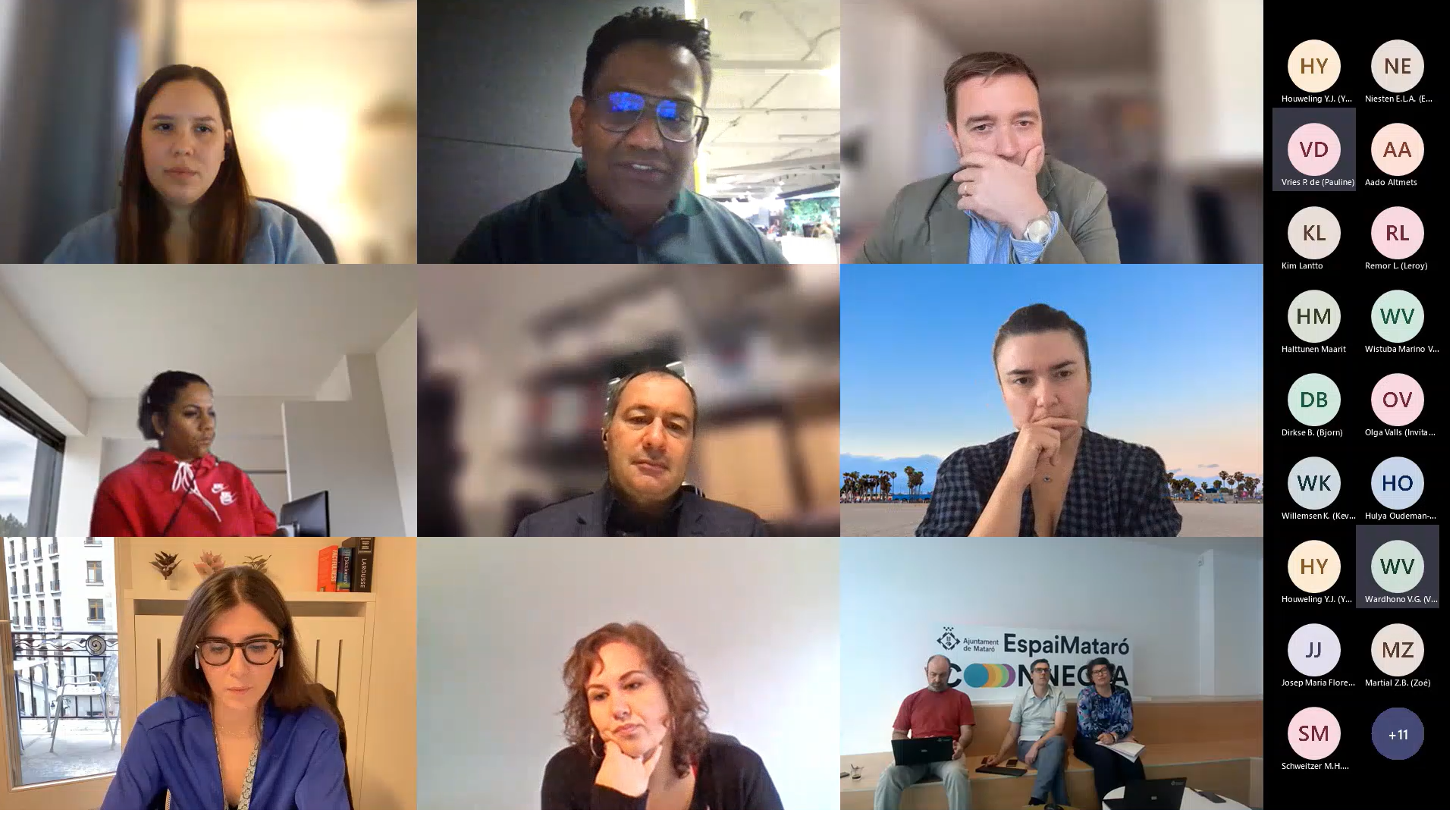
The UserCentriCafé sessions were renewed after the summer hiatus with a special guest, Prof. Nitesh Bharosa from Digicampus / TU Delft, who gave a keynote presentation about his research on proactive public services delivery in the Netherlands.
When we think of user-centricity in digital public services we often refer to understanding citizens’ needs, expectations and frustrations and putting all that knowledge into service design and delivery. Quite often, we forget that all these services gather invaluable amounts of data that is sometimes misused or not used at all to further improve these services.
The 2020 Berlin Declaration on Digital Society and Value-based Digital Government calls for human-centric digital solutions that are “inclusive, help solve societal challenges and do not reproduce harmful or economic biases”[1]. What does this mean in practice? Moving one step forward to maximise data utilisation for the creation of services that bring tangible benefits to citizens and not just governments’ administrations.
In this sense, collaboration, human-centric services, and innovation are fundamental for making governments more agile and responsive to the changes needed in our time, with increasing social, economic, and environmental challenges hindering people’s everyday lives.
According to the OECD’s Digital Government Index, “proactiveness measures the extent to which a government delivers data and services to the public without waiting for formal requests. It implies a capacity to anticipate societal and economic developments as well as users’ needs, by capturing real-time information and applying them to the re-design of services”. (OECD, 2020)
When we look at the level of proactivity, we need to consider two critical separate processes. Firstly, the eligibility process, in order to determine if someone is eligible for a subsidy, we need to have first had that data to determine the level of eligibility. Secondly, the delivery process makes sure that people get these benefits. The level of proactiveness in both processes determines the level of proactivity experienced by the citizen. In both processes, there is no input from the citizen required.
According to this model, a high number of services in the Netherlands are not proactive yet, for example, registering for allowances or renewing a passport. Only a handful of services, such as repayment of student debts or donor registration showed a high level of proactivity.
Which levels of proactivity can be reached via user-centric design or algorithmic/automated decision-making is still under debate. We also need to still find a way to decide together with citizens the high level of adequate proactivity, with clear responsibilities assigned when/if things go wrong, and if it does can it be corrected and who is responsible for it. Another aspect to consider is how to deal with different trade-offs in a multi-stakeholder arena, for example, efficiency vs. privacy or ease of use vs. transparency, which bring extra complexities and costs.
UserCentriCities is exploring how user-centricity in public service design can further foster proactivity. To this end, this session of the UserCentriCafé wishes to take the first step into promoting the discussion on how cities are regions are utilising data to create proactive human-centric services, while further bolstering networking and knowledge exchange at the European level.
To continue the conversation the UserCentriCities community will reconvene on 15 November with the 2022 UserCentriCities Summit, a high-level City CIO-level gathering taking place in Barcelona under the Smart City Expo World Congress. More information available soon.
Download Prof. Nitesh Bharosa’s presentation.
[1] https://www.usercentricities.eu/news/blog-post-building-human-centric-public-services-data-minimisation-welfare-maximisation